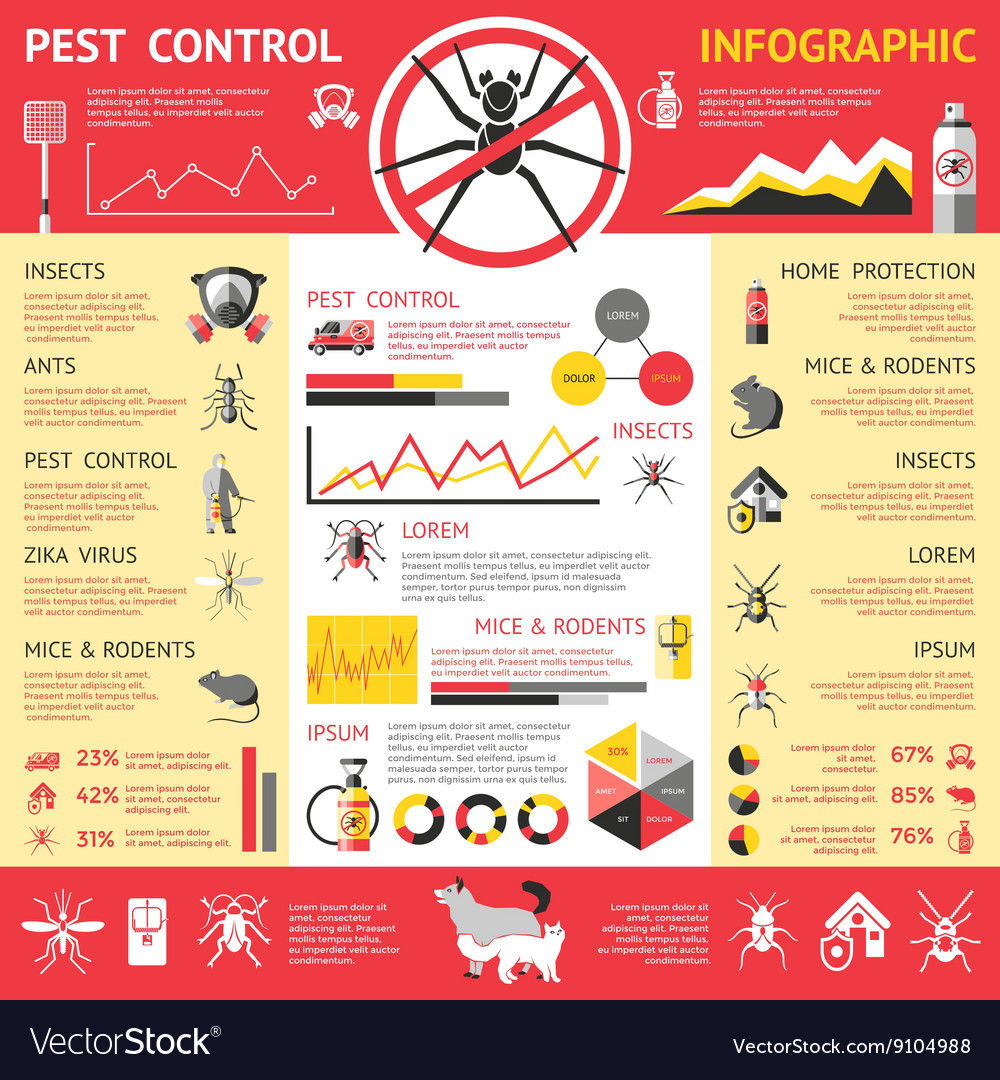Rodent-Proofing Your Attic: Necessary Tips For Homeowners
Rodent-Proofing Your Attic: Necessary Tips For Homeowners
Blog Article
Written By-Austin Cheek
Picture your attic as a cozy Airbnb for rodents, with insulation as cosy as resort cushions and wiring extra attracting than area service. Now, envision these unwanted guests tossing a wild event in your home while you're away. As a house owner, ensuring your attic is rodent-proof is not just about satisfaction; it's about securing your home and enjoyed ones. So, what easy steps can you take to safeguard your shelter from these hairy trespassers?
Examine for Access Information
To begin rodent-proofing your attic, examine for entry factors. Begin by meticulously examining the outside of your home, looking for any kind of openings that rodents might utilize to gain access to your attic room. Check for voids around energy lines, vents, and pipes, in addition to any kind of splits or holes in the structure or house siding. See to it to pay attention to locations where various structure materials meet, as these are common access factors for rodents.
Furthermore, inspect the roofing system for any type of damaged or missing tiles, in addition to any gaps around the edges where rodents might squeeze via. Inside the attic room, search for signs of existing rodent task such as droppings, ate cords, or nesting materials. Use a flashlight to completely inspect dark edges and covert areas.
Seal Cracks and Gaps
Examine your attic completely for any cracks and voids that require to be sealed to stop rats from entering. Rodents can press via also the tiniest openings, so it's crucial to secure any kind of possible entry points. Inspect around pipes, vents, cables, and where the walls satisfy the roofing. Utilize a mix of steel woollen and caulking to seal off these openings effectively. Steel wool is an excellent deterrent as rats can not chew with it. Guarantee that all gaps are snugly secured to deny access to unwanted bugs.
Do not forget the value of sealing spaces around windows and doors also. Usage climate stripping or door sweeps to seal these areas efficiently. Inspect the locations where energy lines get in the attic room and seal them off using an ideal sealant. By taking the time to secure all splits and spaces in your attic room, you produce an obstacle that rats will certainly find challenging to violation. Prevention is key in rodent-proofing your attic, so be extensive in your initiatives to seal off any type of possible entry factors.
Get Rid Of Food Sources
Take proactive actions to get rid of or store all prospective food sources in your attic to discourage rats from infesting the area. mouse click the next internet page are attracted to food, so removing their food resources is essential in keeping them out of your attic.
Here's what you can do:
1. ** Store food safely **: Prevent leaving any kind of food things in the attic room. Store all food in closed containers made of metal or heavy-duty plastic to avoid rodents from accessing them.
2. ** Clean up particles **: Eliminate any type of heaps of debris, such as old newspapers, cardboard boxes, or wood scraps, that rodents might use as nesting material or food resources. Maintain the attic clutter-free to make it less attractive to rodents.
3. ** Dispose of waste appropriately **: If you use your attic for storage and have waste or waste up there, make sure to take care of it routinely and properly. Rotting garbage can draw in rats, so maintain the attic room tidy and without any type of natural waste.
yellow jacket nest removal , remember that an ounce of prevention deserves a pound of cure when it comes to rodent-proofing your attic room.
By making the effort to inspect for entry factors, seal cracks and voids, and get rid of food sources, you can keep unwanted parasites away.
Remember, 'An ounce of avoidance deserves an extra pound of treatment' - Benjamin Franklin.
Keep aggressive and shield your home from rodent infestations.
